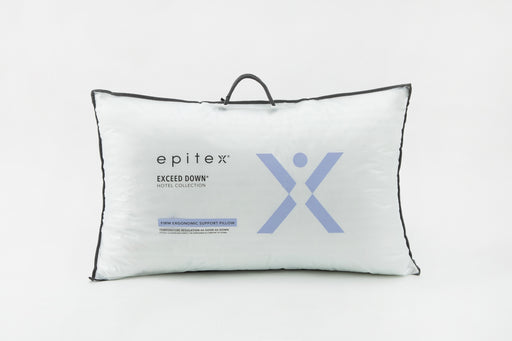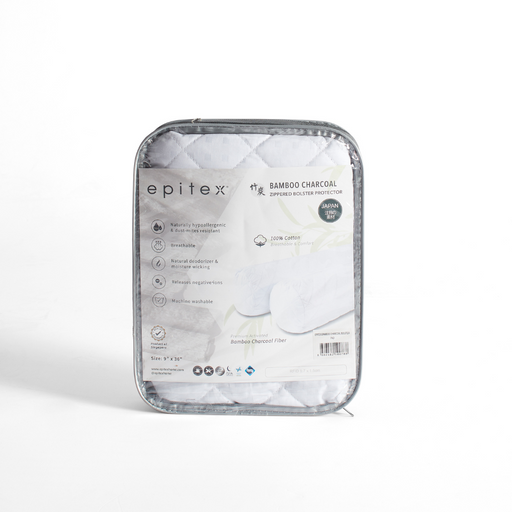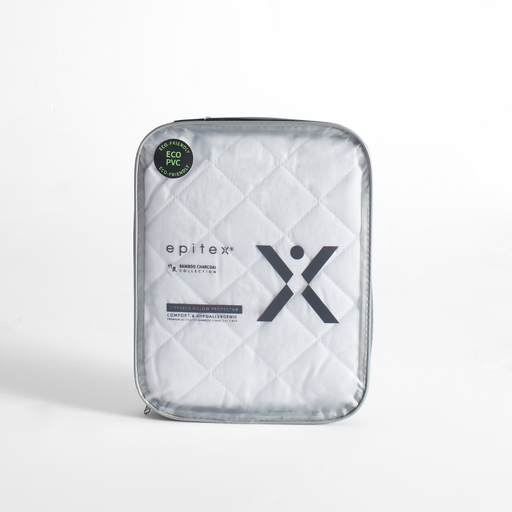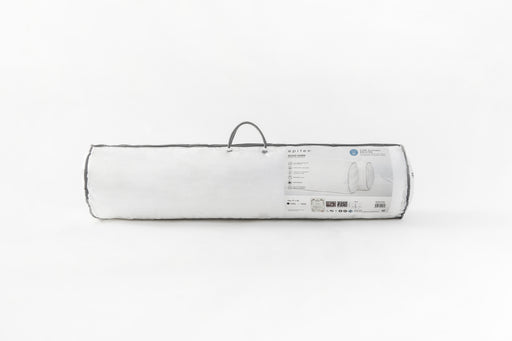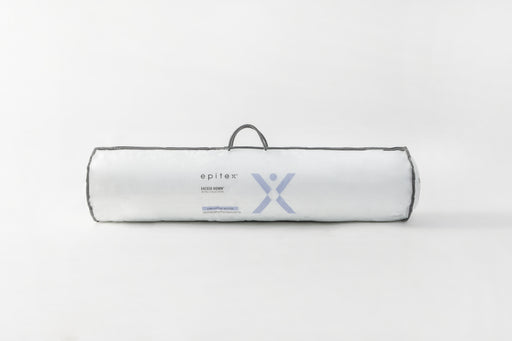
How To Choose The Right Cotton Duvet Cover?
How to choose the right cotton duvet cover
It is important to choose top-of-the-range duvet covers, in other words, made from natural fibres, the intrinsic properties of which provide silky, breathable and thermoregulating linen.
Nevertheless, there are different qualities of products that will create a sheet that is more or less durable and comfortable. It is necessary to study the number of threads used for weaving as well as the origin of the fibres. Favour the exclusive use of long fibres.
Indeed, the longer the fibre, the better the cotton is spun, offering a truly finer weave. The product is then more resistant and therefore durable. But it also becomes softer, breathable and permeable.
The type of fibres, their origin and the number of threads are therefore the quality criteria for choosing the right cotton duvet covers.
What is the difference between percale and satin?
First of all, it is important to remember that the difference between percale and cotton sateen does not lie in the material or in the quality of the fibres but rather in the weaving carried out. The type of weaving will therefore not depend on the quality but rather on the comfort and the aesthetic aspect.
The cotton percale corresponds to a weaving like a grid where each thread passes perpendicularly one under the other. This technique makes it possible to create a sheet with a matte finish that will soften over time like washed linen.
But above all, the weaving is particularly tight, eliminating as much as possible the air pockets inside the stitches. The cotton percale duvet cover is therefore particularly resistant to the test of time and breathable.
A criteria always appreciated, especially when it is hot. It offers the best value for money, soft and usable all year round.
The weaving of cotton sateen is carried out by passing a thread under 3 threads then going up on 3 others and so on. This technique makes it possible to create an extremely velvety fabric, with a shiny, almost satin appearance, from which it takes its name. It is more fragile and less breathable.
But it's silky appearance makes it unique. Its delicacy prevents it from marking our face while it's luxurious notes sublimate the bedroom.
What colour for my cotton duvet cover?
Again, there are no good answers, it's all a matter of taste and desire! However, if you like colourful interiors, your bed linen can become a key player in your decor.
If your backdrop is neutral, your cotton duvet cover can invite all colours. White walls, solid parquet flooring and beige or grey curtains will come to life thanks to your colourful cotton duvet cover.
On the contrary, if your bedroom already has a strong hue, accompany it, underline it by creating a monochrome. Finally, if you want a revitalised interior, play on complementary colours in decoration.
Thus the atmosphere of your room will easily change according to the seasons and your bed linen. For example, summer can be pastel, energetic and tangy. While in winter, you may prefer shades of blue, soothing and comforting…
Valentine's Day Gift Guide
-
Epitex Exceed Down Hotel Collection Pillow (Buy 2nd pcs @ 50% off)
Original price $99.90 - Original price $139.90Original price $99.90 - Original price $139.90Original price $99.90$49.90 - $69.90$49.90 - $69.90Current price $49.90In stockDESCRIPTION 🔥Exceed Down Pillows Limited Deals - Buy 2nd pcs @ 50% off🔥 Experience the luxury of a 5-star hotel at home! Our Exceed Down Hotel Col...
View full detailsOriginal price $99.90 - Original price $139.90Original price $99.90 - Original price $139.90Original price $99.90$49.90 - $69.90$49.90 - $69.90Current price $49.90 -
(Online Exclusive) Soft Anti-Slip Diatomite Floor Mat
Original price $15.90Original price $15.90 - Original price $15.90Original price $15.90$10.00 - $15.90$10.00 - $15.90Current price $10.00In stockSPECIFICATIONS Eco-friendly Soft & comfortable surface Excellent water absorbency Fast drying Slip resistance Antibacterial, anti-odour and mo...
View full detailsOriginal price $15.90Original price $15.90 - Original price $15.90Original price $15.90$10.00 - $15.90$10.00 - $15.90Current price $10.00 -
Epitex Exceed Down Hotel Collection Summer Quilt
Original price $199.90 - Original price $359.00Original price $199.90 - Original price $359.00Original price $199.90$129.00 - $179.00$129.00 - $179.00Current price $129.00In stockExperience the luxury of a 5-star hotel at home! Our Exceed Down Hotel Collection is perfect for good air retaining abilities and heat preservatio...
View full detailsOriginal price $199.90 - Original price $359.00Original price $199.90 - Original price $359.00Original price $199.90$129.00 - $179.00$129.00 - $179.00Current price $129.00 -
Epitex Bamboo Charcoal Pillow | Bolster Premium Protector
Original price $59.90Original price $59.90 - Original price $59.90Original price $59.90Current price $29.90$29.90 - $29.90Current price $29.90Out of stockPremium Activated Bamboo Charcoal Pillow & Bolster Premium Protector provides you with the combined benefits of comfort and hygiene giving you...
View full detailsOriginal price $59.90Original price $59.90 - Original price $59.90Original price $59.90Current price $29.90$29.90 - $29.90Current price $29.90Sold out -
Epitex Exceed Down Hotel Collection Bolster
Original price $119.90 - Original price $139.90Original price $119.90 - Original price $139.90Original price $119.90$59.90 - $69.90$59.90 - $69.90Current price $59.90In stockExperience the luxury of a 5-star hotel at home! Our Exceed Down Hotel Collection is perfect for good air retaining abilities and heat preservation...
View full detailsOriginal price $119.90 - Original price $139.90Original price $119.90 - Original price $139.90Original price $119.90$59.90 - $69.90$59.90 - $69.90Current price $59.90


